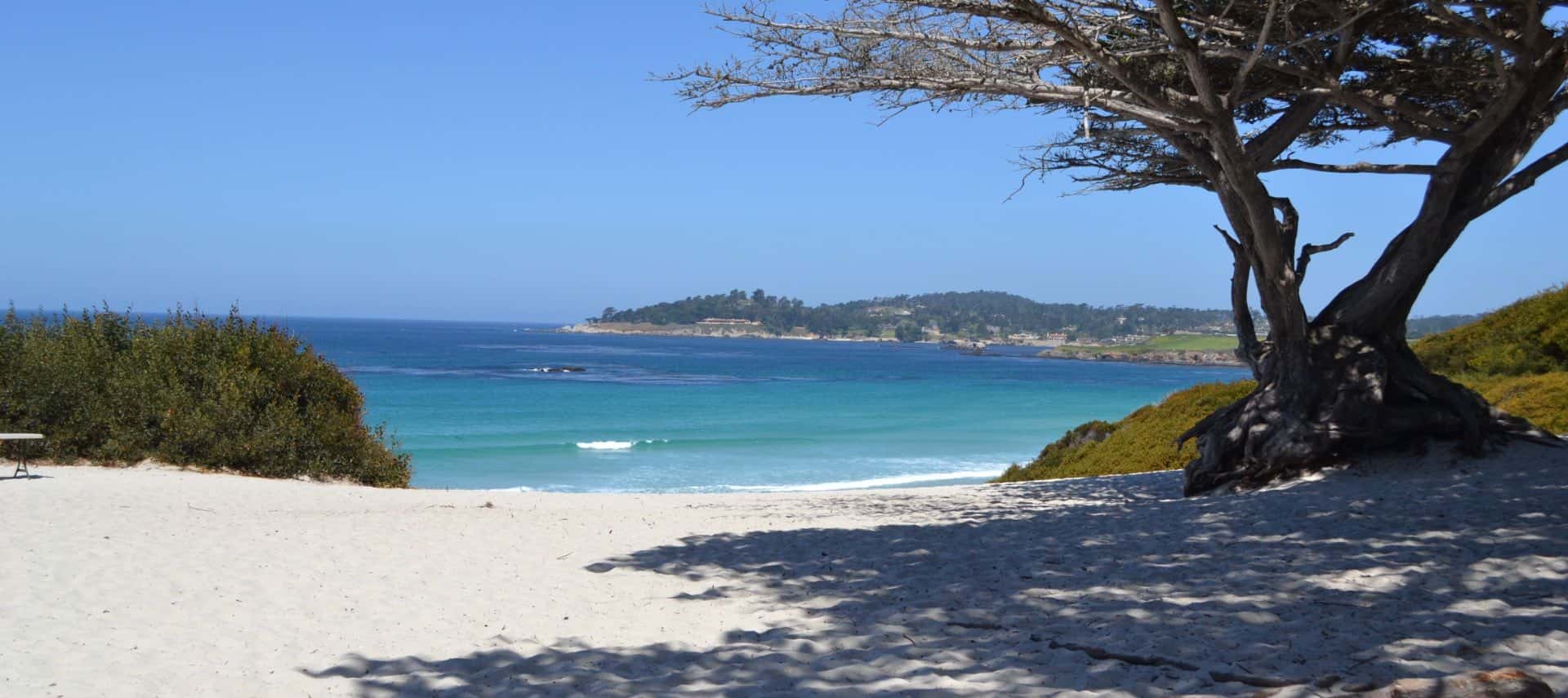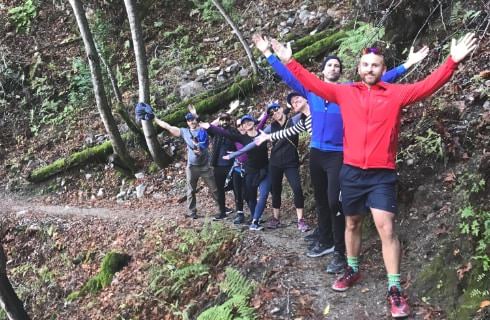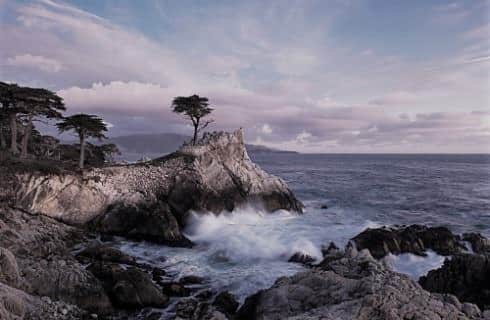As we all adjust to the new normal and ever-changing regulatory rules about the COVID-19 virus, it’s good to know that some things don’t change: the wonderful outdoor beauty of the Carmel Valley. Located along California’s mid-coast, our year-round Mediterranean climate is perfect for outdoor activity and we have everything from paved trails for the weekend not-so warrior to rugged terrain that challenges ardent outdoor enthusiasts. Guests at the Carmel Valley Lodge often cite the outdoor opportunities as a key reason they visit. And being outdoors has extra appeal while the fate of indoor activities is so volatile. Here are a few of the best outdoor activities in Carmel CA – even during a pandemic.
- Garland Ranch Regional Park – Just a five-minute drive from the Lodge, this is the premier park in the Monterey regional park system. With an elevation span ranging almost 1,800 feet, visitors are treated to a variety of habitats, from cool willow banks along a creek to warm open oak meadows. Garzas Creek runs through the middle of the park and has a shaded trail that ends in a secluded side canyon of redwood trees. Trails range from the meandering 1.5-mile Orchard Loop to the 14-mile demanding Snivley’s Ridge that rewards hikers with sweeping views of the Valley and Monterey Bay. Click here to review some of the more popular trail routes.
- Carmel Scenic Walkway – Hard to believe, but starting a walk under the largest tree in the village – a Blue Gum Eucalyptus with a 22”-diameter trunk – is not the best feature of this popular walk along Scenic Road. But starting at the Carmel Dunes Restoration site on the corner of Ocean and San Antonio is a perfect place to park and then simply walk along Ocean toward the water. At the overlook, you can see Pebble Beach to the north and Los Lobos to the south. Cross back to the path toward Scenic Drive and enter the Scenic Bluff Pathway by Eighth Avenue. With the roaring waves and blue Pacific Ocean to the west and to the east some very charming houses, many home to famous people, you’ll soon understand why this is such a popular destination for locals as well as visitors. The route itself is very level and easy. There are five walkways to the beach from the trail, and each may seem to go to the best beach spot, but walk the whole path before you decide which one is your favorite.
- 17-Mile Drive – Okay, this is not necessarily an outdoor “activity” as it mostly involvesdriving and jumping out of the car for more scenic views than you can imagine, but it is still a wonderful way to experience the coast. Entering 17-mile drive is much like entering a gated neighborhood, but instead of a code, you pay to enter. However, this road encompasses a neighborhood like no other – there are eight golf courses, beautiful picnic areas and the chance to get up close to the famous Lone Cypress Tree, so often silhouetted in pictures of California. Most folks spend at least two hours along the drive, while others can spend a full half-day. Either way, it’s memorable, fun – as long as you don’t get carsick – and a great way to see some traditionally off-limit sites.
- Point Lobos – If you’re seeking the quintessential California coastal beach experience, then look no further. With its rugged cliffs, windswept Cypress trees, active tidepools and crashing waves, it’s no wonder Los Lobos was the scene for many of those early California silent films starring Mary Pickford and Douglas Fairbanks. This area is stunning. However, it also has been loved to death by visitors. The state is now regulating parking access, so arrive early. For more information about access, call 831-624-4909. With fewer travelers this summer, it’s actually a perfect opportunity to enjoy Point Lobos without the huge crowds.
- Palo Corona Regional Park – If it’s space you’re after, then this is where you want to be. At almost 4,500 acres, this 10-mile long park boasts over 500 species of plants and diverse wildlife. From the coastal trout in the creeks to the mountain lions on the ridges, this is a classic slice of California habitat. It is also a testimony to the area’s commitment to preservation as numerous groups joined forces to create this sanctuary. The park is open to the public with entrances throughout the area, but plan ahead. Some locations require access permits and you need to secure them at least two days before you plan to visit (you can actually get them up to 30-days out – a great option if you’re a better-safe-than-sorry person – as they can be in high demand) Trails vary in difficulty, and because the ecosystem is so sensitive, bikes and pets are not allowed. But once you’re inside, you can explore for miles, and it’s easy to imagine what the area must have been like for early Californians – rugged and beautiful.







